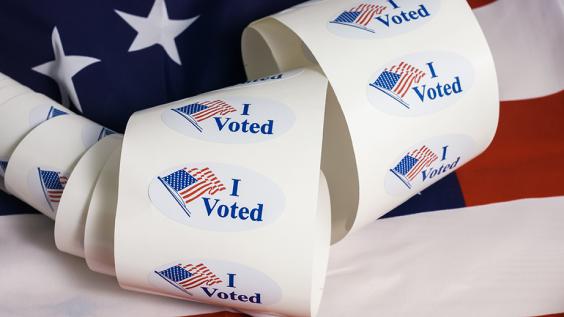The Texas Voter ID Law and the 2014 Election: A Study of Texas’s 23rd Congressional District

Table of Contents
Author(s)
Mark P. Jones
Fellow in Political Science | Joseph D. Jamail Chair in Latin American StudiesTo access the full paper, download the PDF on the left-hand sidebar.
By Governor Bill Hobby, Mark P. Jones, Jim Granato and Renée Cross
Executive Summary
This study examines the impact of Texas’s current voter photo identification regulation in the November 2014 election using a case study of voter behavior, preferences and attitudes in U.S. Congressional District 23 (CD-23). CD-23 is widely considered to be the only one of the state’s 36 U.S. House districts where both the Democratic Party and Republican Party candidates have a realistic chance of victory in November. The 2014 election saw CD-23’s then freshman incumbent representative (Pete Gallego, D-Alpine) narrowly defeated by the district’s current representative (Will Hurd, R-San Antonio).
A survey of 400 CD-23 registered voters who did not vote in the November 2014 election indicates that for 5.8% of these Texans the principal reason given for why they did not vote was because they did not possess any of the seven forms of photo identification required by the state to cast a vote in person. More than twice that many (12.8%) agreed that their lack of any one of these seven photo IDs was a reason they did not vote.
However, when further queried about the different forms of photo identification in their possession, the survey revealed that a much lower proportion (2.7%) of CD-23 non-voters in fact lacked one of the seven needed to vote in person. In all, while 12.8% and 5.8% of these non-voters cited a lack of a photo ID as a reason or the principal reason they did not vote, only 1.0% and 0.5% of the respondents both respectively attributed their non-voting in part or primarily to a lack of photo ID and actually did not possess an approved form of photo ID.
This study suggests that the most significant impact of the Texas voter photo ID law on voter participation in CD-23 in November 2014 was to discourage turnout among registered voters who did indeed possess an approved form of photo ID, but through some combination of misunderstanding, doubt or lack of knowledge, believed that they did not possess the necessary photo identification.
The disjuncture between the proportion of voters who listed a lack of an ID as a reason or the principal reason they did not vote and the proportion of these individuals who actually did not have an ID highlights the potential for a future voter education campaign to clearly explain the types of photo identification required to cast a vote in person in Texas. This education campaign however needs to be designed based on a comprehensive study targeted at understanding the sources and causes of confusion which resulted in so many Texans believing they did not have a required form of photo ID when in reality they actually did.
This study also examines the potential impact of the Texas voter photo ID law on the outcome of the 2014 election in CD-23. It suggests that the presence of the law kept far more Gallego than Hurd supporters away from the polls last fall.
